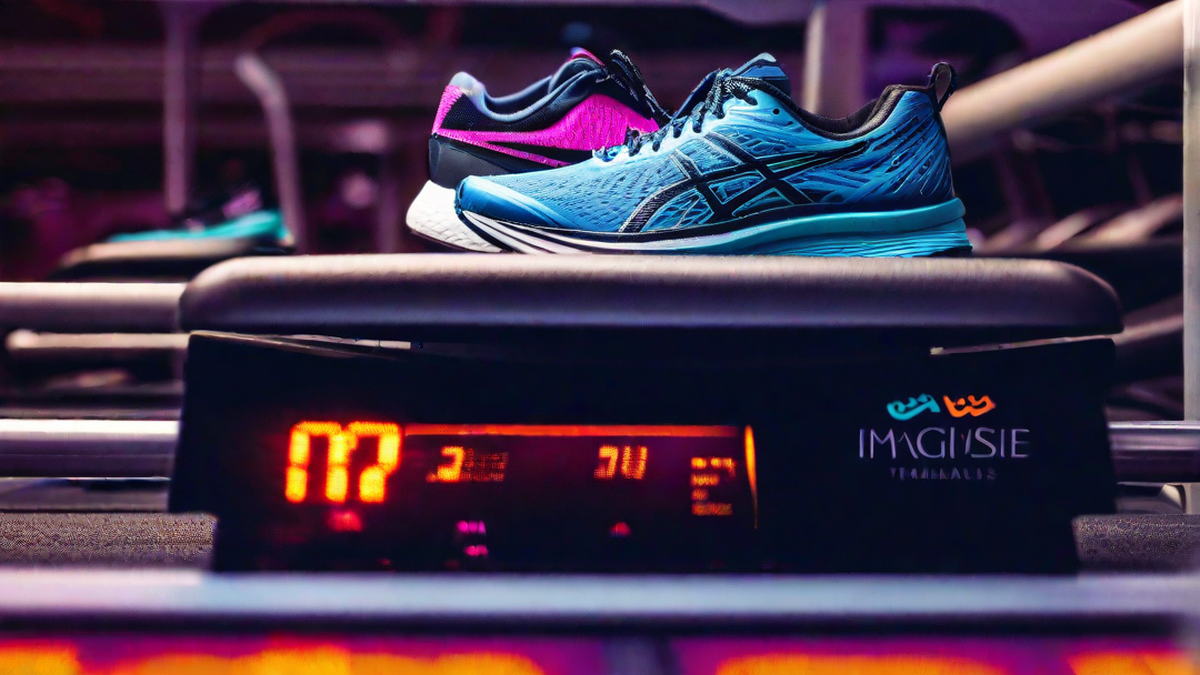As an avid runner, I often find myself pondering the question: does running on a treadmill hurt my knees? This is a common concern among both new and experienced runners. The repetitive impact of running can put stress on our joints, especially the knees. In this article, I will dive deep into this topic and provide you with a comprehensive understanding of whether running on a treadmill poses a risk to our knee health.
Understanding the Mechanics
Before we delve into the potential effects of treadmill running on our knees, let’s first understand the mechanics behind it. When we run, our knees absorb a significant amount of force with each step. This force is distributed across our joints and surrounding structures, including the muscles, tendons, and ligaments. The repetitive nature of running can potentially lead to overuse injuries, such as runner’s knee or patellofemoral pain syndrome.
One argument often made in favor of treadmills is that they offer a more forgiving surface compared to outdoor running on concrete or asphalt. Treadmill surfaces are typically designed to provide some degree of shock absorption, which can help reduce the impact on our joints. However, it’s important to note that not all treadmills are created equal, and the quality of shock absorption can vary.
The Impact of Running on a Treadmill
While running on a treadmill can provide a cushioned surface, there are still factors that can contribute to knee discomfort or injury. One potential issue is the lack of natural variability in terrain. When running outdoors, our knees are subjected to different angles and forces as we navigate hills, inclines, and declines. This variation helps distribute the impact more evenly across our joints. On a treadmill, however, the surface remains flat and consistent, potentially leading to repetitive stress on specific areas of the knees.
Another factor to consider is the running technique. When running outdoors, we often adjust our gait and stride length to adapt to the terrain. On a treadmill, however, there is less incentive to make these adjustments, as the surface remains constant. This can result in biomechanical imbalances and increased stress on certain areas of the knees.
Tips for Reducing Knee Discomfort
If you enjoy running on a treadmill but experience knee discomfort, there are several strategies you can try to alleviate the stress on your knees:
- Invest in a high-quality treadmill with good shock absorption capabilities.
- Gradually increase your running intensity and duration to allow your body to adapt.
- Ensure you have proper running shoes that provide adequate support and cushioning.
- Pay attention to your running form and make any necessary adjustments, such as maintaining a slightly shorter stride.
- Incorporate strength training exercises that target the muscles around your knees, such as squats and lunges.
- Consider cross-training with low-impact activities, such as cycling or swimming, to give your knees a break.
Conclusion
In conclusion, running on a treadmill can potentially impact our knee health, but it is not a guaranteed source of injury. The key lies in using proper technique, monitoring our body’s response, and taking necessary precautions to minimize stress on our knees. It’s important to listen to our bodies and seek professional advice if we experience persistent knee discomfort or pain. Remember, everyone’s body is unique, and what works for one person may not work for another. Happy running!

